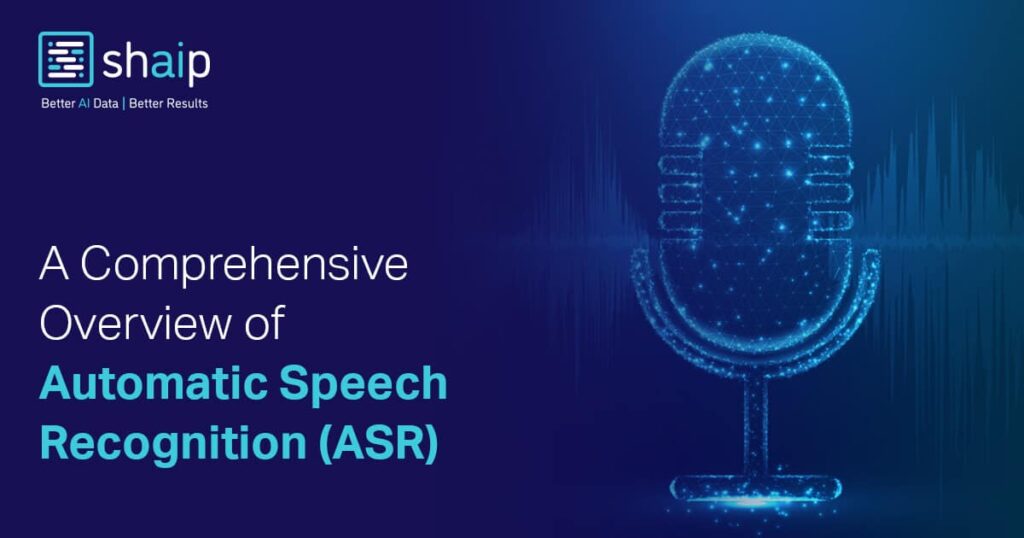Automatic Speech Recognition technology has been there for a long haul but recently gained prominence after its use became prevalent in various smartphone applications like Siri and Alexa. These AI-based smartphone applications have illustrated the power of ASR in simplifying everyday tasks for all of us.
Additionally, as different industry verticals further move toward automation, the underlying need for ASR is subjected to surge. Hence, let us understand this terrific speech recognition technology in-depth and why it is considered one of the most crucial technologies for the future.
A Brief History of ASR Technology
Before proceeding ahead and exploring the potential of Automatic Speech Recognition, let us first take a look at its evolution.
Moving ahead of 2010, ASR is tremendously evolving and becoming more and more prevalent and accurate. Today, Amazon, Google, and Apple are the most prominent leaders in ASR technology.
[ Also Read: The Complete Guide to Conversational AI ]
How Does Voice Recognition Work?
Automatic Speech Recognition is a fairly advanced technology that is extremely hard to design and develop. There are thousands of languages worldwide with various dialects and accents, so it is hard to develop software that can understand it all.
ASR uses concepts of natural language processing and machine learning for its development. By incorporating numerous language-learning mechanisms in the software, developers ensure the precision and efficiency of speech recognition software.
Here are some of the basic steps used in developing Automatic Speech Recognition software:
- Transmission of Voice into Electrical Signal: The vibrations of a person’s voice are captured using a microphone and transmitted into a wavelike electrical signal.
- Transforming Electrical into Digital Signal: The electric signal is further converted into a digital signal using physical devices like a sound card.
- Registering Phonemes to the Software: The speech recognition software then examines the digital signal and registers phonemes to differentiate between the captured words.
- Reconstructing Phonemes to Words: After processing the digital signal completely and registering all the phonemes, words are reconstructed, and sentences are formed.
To achieve the intended accuracy, the software leverages the trigram analysis method, which relies on using three frequently used words through a specific database. The ASR software is an exceptional technology that breaks down any audio pattern, analyzes the sounds, and transcribes those collected sounds into meaningful text and words.
[ Also Read: What is Speech-to-Text Technology and How it works]


